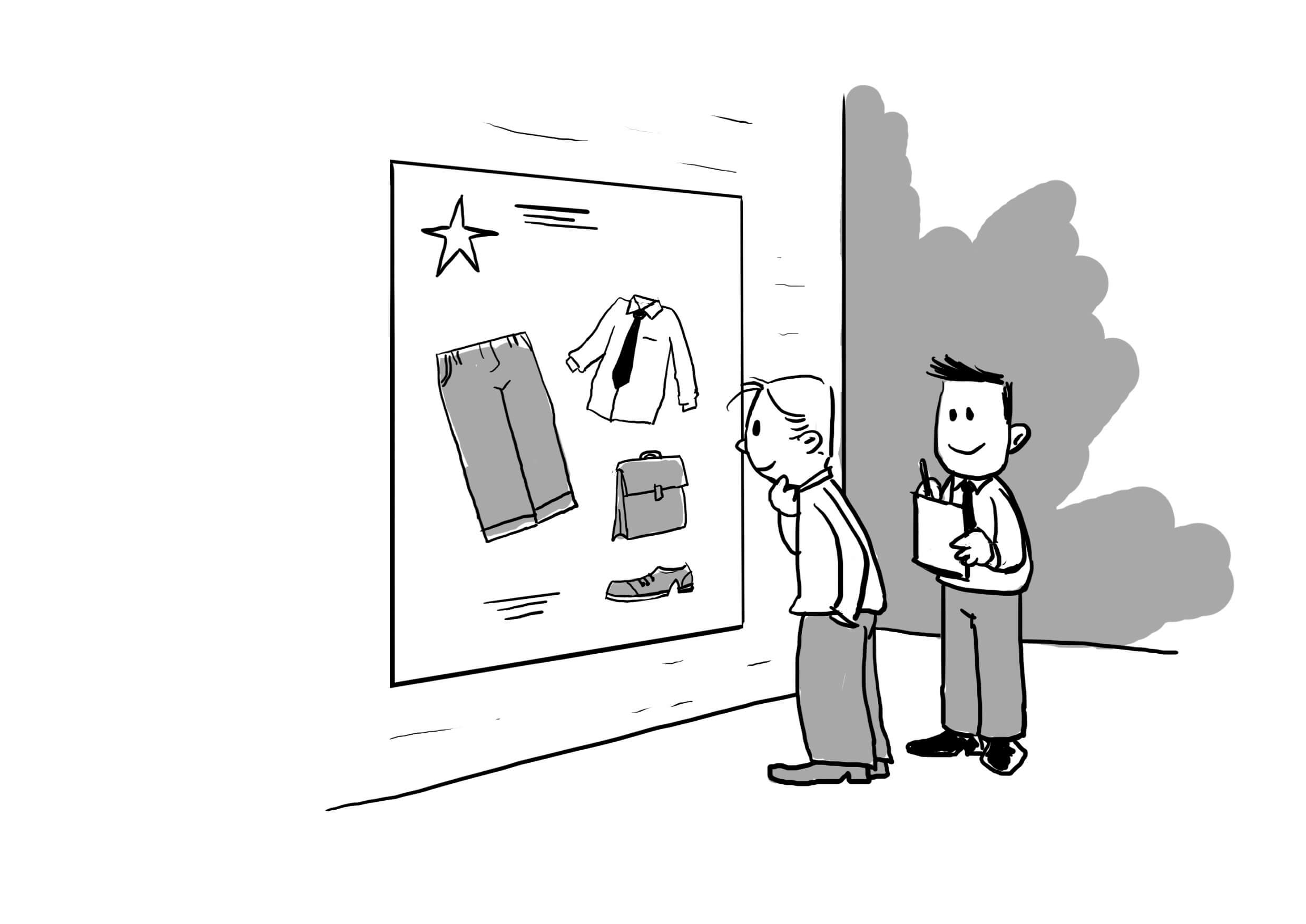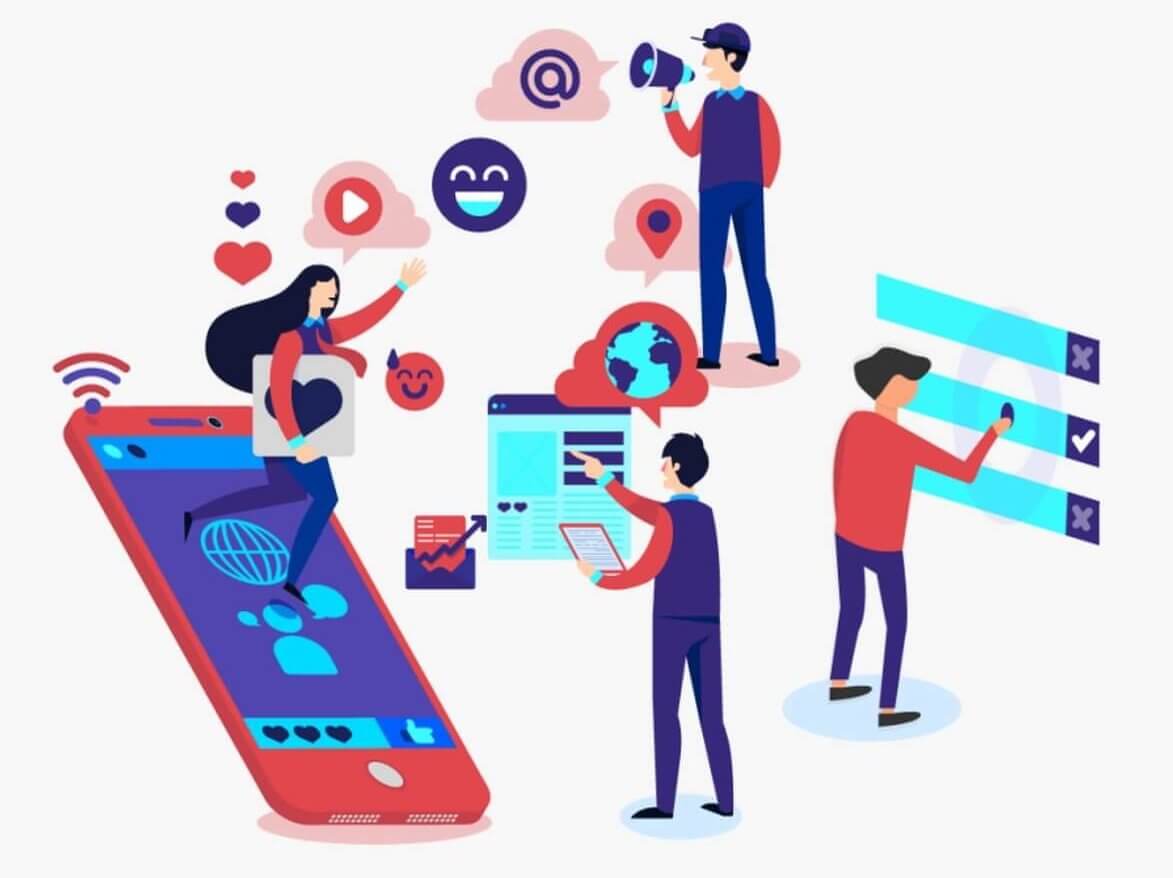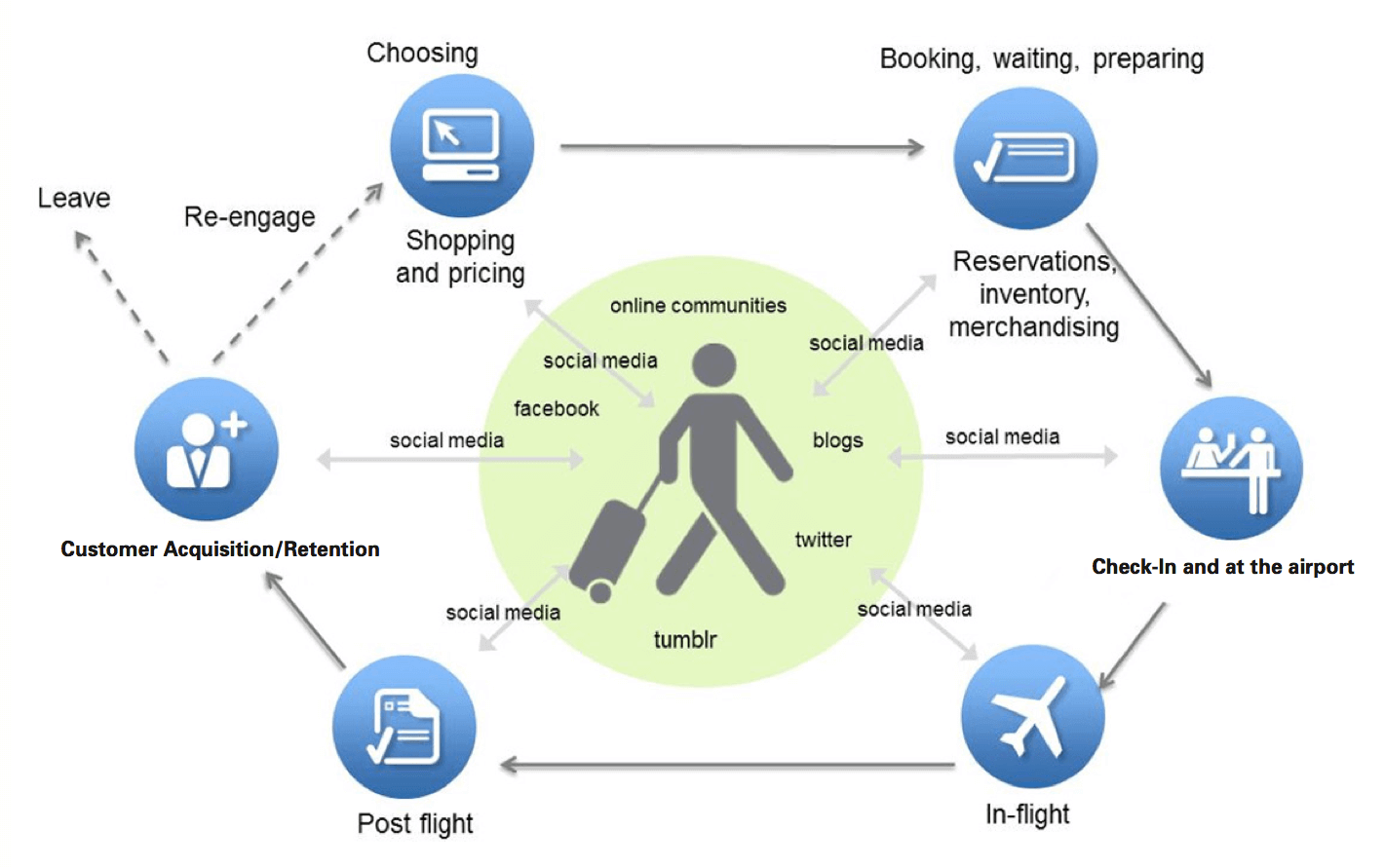Happy New Year to all you Customer-first strategists. May your year by bright and your customers surprised and delighted!
Each January we like to celebrate our most popular posts on customer centricity that were published on C3Centricity during the year. Just like 2020, covid has forced all of us to be a little more creative and a little less demanding in our work.
Here at C3Centricity, we reviewed and updated many of our cornerstone, evergreen articles, so you may recognise a few of them from last year in this list. However, they still make great reading and a reminder that we’re all in business to satisfy and delight our customers. And if you’d like a surprise too, then I have one for you at the end of the post. Enjoy!
#1. The 6 Best Ways to Show you Respect your Customers
 This is another evergreen post that has been popular amongst our readers for several years. It has moved from second position, to take the top spot in 2021. The article shows you how to connect with your customers and gather their information.
This is another evergreen post that has been popular amongst our readers for several years. It has moved from second position, to take the top spot in 2021. The article shows you how to connect with your customers and gather their information.
It also has some tips on how to build a good relationship with them and respectfully let them leave if they no longer want to connect with you. Making it hard for them just makes you lose image.
If you’re ready to adopt a customer-first strategy, check out our online course on the topic HERE.
#2. Five Rules of Customer Observation for Greater Success

This post has been amongst the top articles on C3Centricity for many years. It is regularly updated so it remains highly relevant in today’s marketplace.
Its popularity clearly shows the need we all have to understand how to get up close and personal with our customers – the right way.
The 5 rules it includes are easy to follow and will make every occasion to watch and listen to your customers so much more interesting and valuable.
And if you want to learn how to watch and listen more effectively to your customers, then check out our training courses HERE.
#3. Five Brilliant Ideas to Boost your Insight Development
 This post remains the third most popular one on C3Centricity. Ever wondered why you struggle to develop actionable insights? This post shares some of the main reasons why even large companies fail at this essential art.
This post remains the third most popular one on C3Centricity. Ever wondered why you struggle to develop actionable insights? This post shares some of the main reasons why even large companies fail at this essential art.
Insights are the foundation on which every single successful brand is built. If your brands are lacking strong positive growth, they are probably missing that insight that will make them powerhouses.
So it is vital that you learn how to develop them and then how to action them in your communications and innovation. Again, if you struggle to action your insights, you’re most certainly missing one of the steps covered in this post.
To stimulate your thinking, the article includes many real-world examples of how great insights can be turned into powerful ad campaigns that connect with customers and motivate them to buy.… Click to continue reading



 Ever wondered why you struggle to develop actionable insights. This post shares some of the main reason why even large companies fail at this essential art.
Ever wondered why you struggle to develop actionable insights. This post shares some of the main reason why even large companies fail at this essential art. Starting from a personal experience in the hotel industry, this article shares the lessons learned that are applicable to all industries in how and why we all need to understand and follow our customers’ journey.
Starting from a personal experience in the hotel industry, this article shares the lessons learned that are applicable to all industries in how and why we all need to understand and follow our customers’ journey. Do you consider packaging to be (just) a means of protecting your product and providing on-shelf presence? If so, then you are missing out on other valuable benefits you …
Do you consider packaging to be (just) a means of protecting your product and providing on-shelf presence? If so, then you are missing out on other valuable benefits you … 